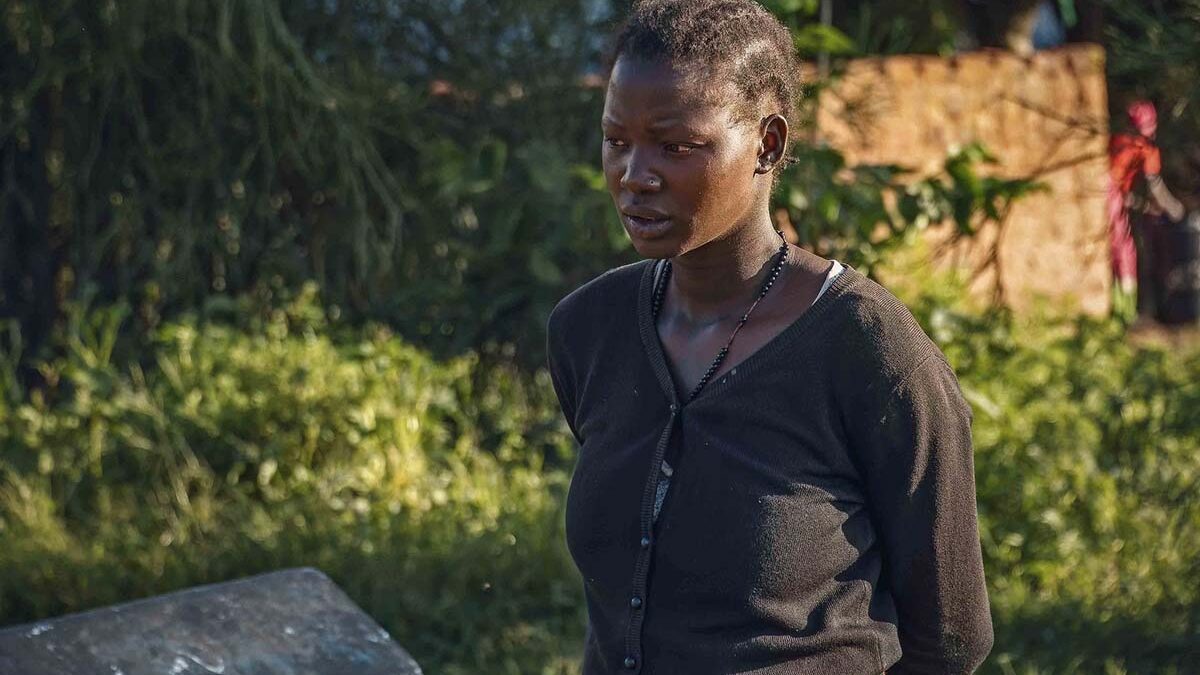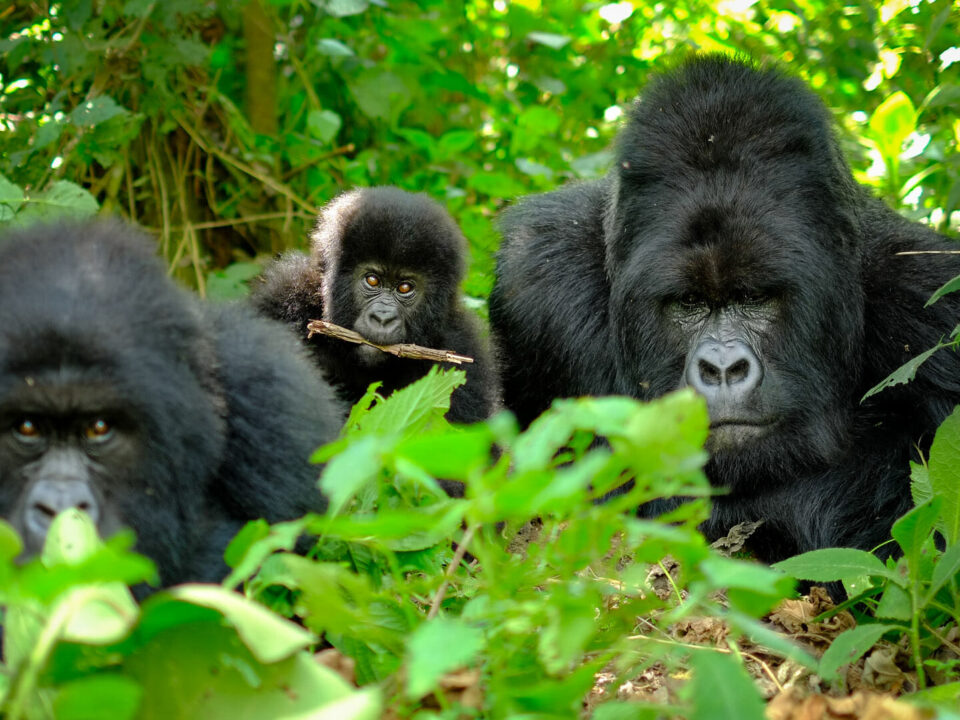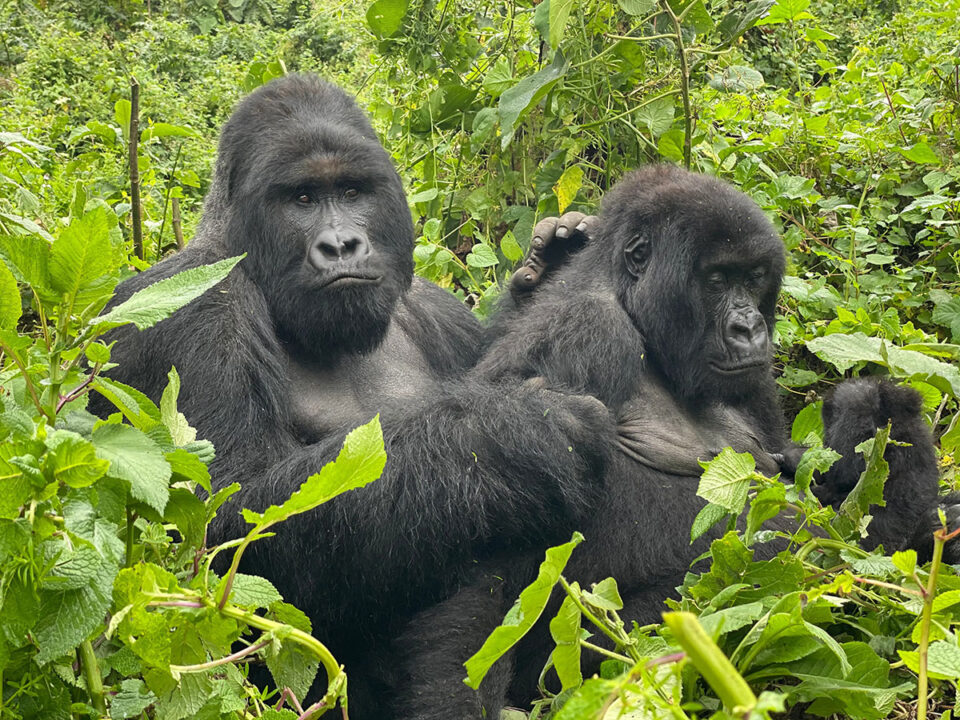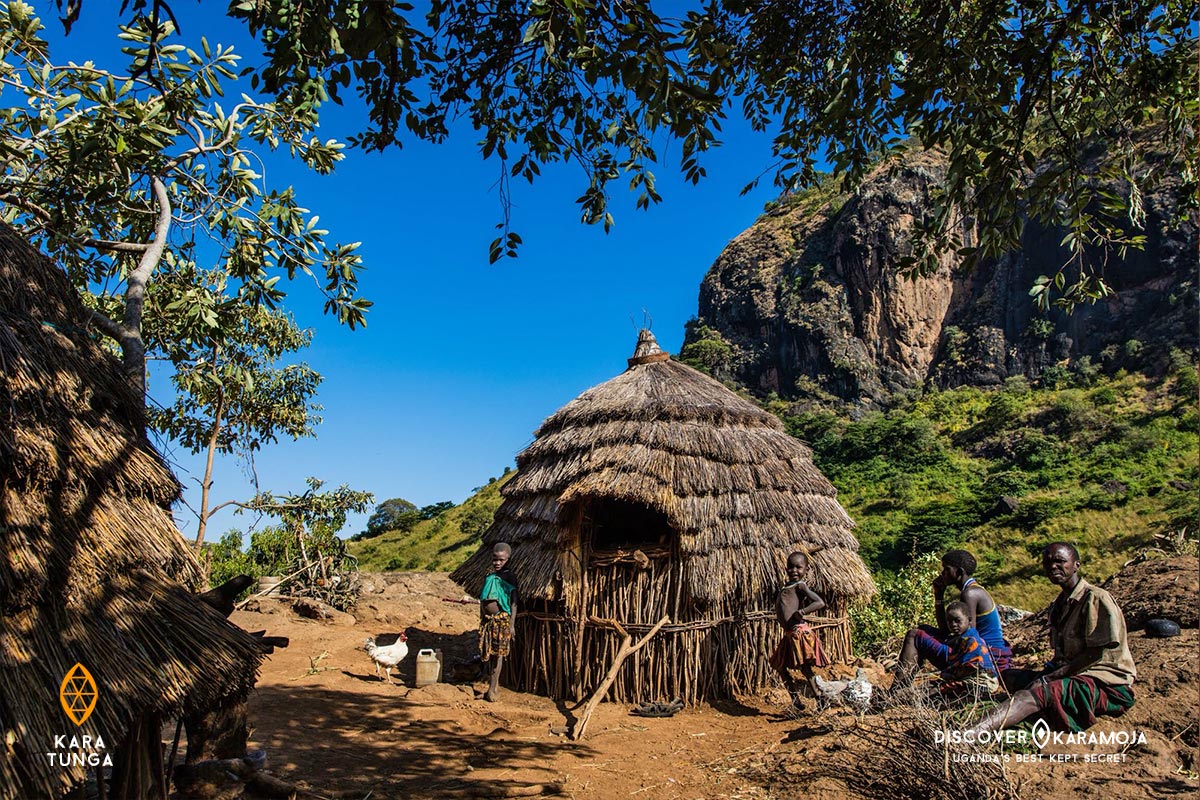
The Tepeth Tribe and Culture in Uganda
September 14, 2023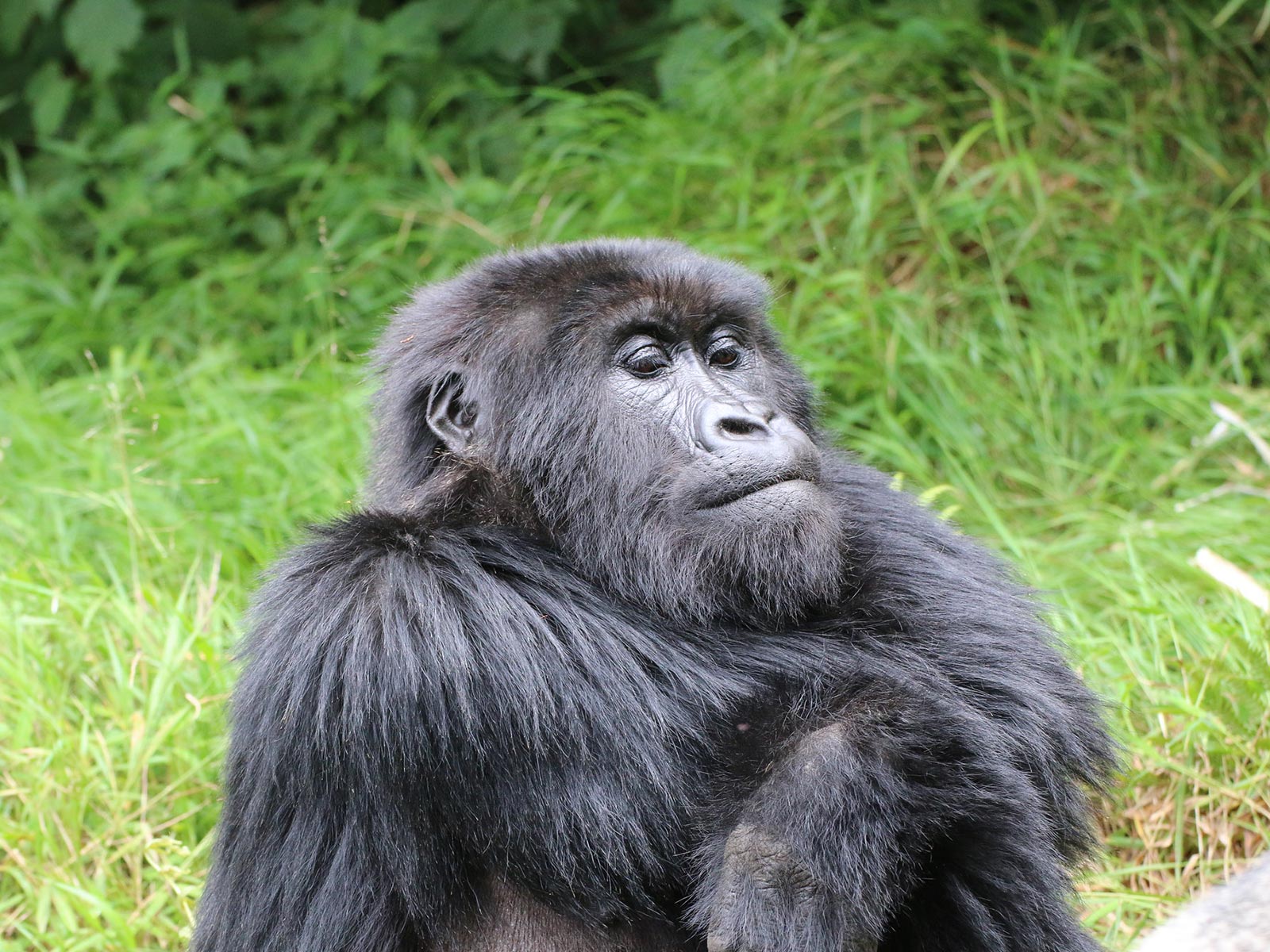
Gorilla Tracking Tours from Gisenyi
September 14, 2023Exploring the Fascinating Dodoth People in Uganda’s Karamoja Region
Discovering the Dodoth People — Nestled within the northeastern reaches of Uganda, particularly in Kaabong district, reside the Dodoth people, offering a unique and enriching cultural experience. This captivating community thrives in a landscape characterized by semi-arid savannahs, bushlands, and majestic mountains. The rich tapestry of their heritage reveals a narrative of migration and adaptation. According to their traditions, the Dodoth people journeyed to their current abode from the north, carving a distinct identity in the heart of this rugged terrain.
In the mid-eighteenth century, they embarked on a significant divergence from the Karamojong, a neighboring tribe, shifting their trajectory northward to embrace the more mountainous landscapes that now define their heartland. This region, enclosed by a ring of mountains and hills, boasts Mount Morungole as its crowning peak, soaring over 9,000 feet (2,700 meters) into the sky. Remarkably, this locale marks the convergence point of Kenya, Sudan, and Uganda.
The Splendor of a Once-Wild Paradise
The Dodoth ancestral lands were once graced by an abundance of wildlife, featuring majestic creatures like lions, elephants, buffalo, giraffes, and rhinoceros. Today, only a vestige of this once-vibrant wildlife ecosystem remains, preserved within the boundaries of Kidepo Valley National Park.
Survival in a Harsh Climate
The Dodoth people grapple with a harsh and unforgiving climate. While some rainfall may grace the region in April, the primary rainy season typically unfolds from June to early September. However, the erratic nature of these rains often leads to their failure in certain years. During favorable seasons, the Dodoth subsist primarily on sorghum and millet. In leaner years, their reliance on livestock, including cattle, goats, and sheep, becomes paramount. These animals are not just a source of nutrition but also represent wealth and play a central role in their cultural practices.
Settlements and Lifestyle
Dodoth homesteads typically nestle in valleys and boast dry-season pastures on nearby hillsides. This distinctive geographical advantage negates the need for seasonal migration, setting them apart from other regional communities. Each homestead stands as a solitary entity, fortified by robust walls constructed from upright poles intertwined with branches and reinforced with a mixture of mud and cow dung. Within these enclosures, cattle are safeguarded during the night. A single homestead can accommodate up to forty individuals, with each wife having her own hut and fireplace. Adolescent daughters often construct their huts adjacent to their mothers’, while adolescent boys reside in larger “men’s houses” until marriage. Many women maintain small gardens near their huts to complement their subsistence.
Valor, Warfare, and Wealth
The scarcity of resources and the high value attributed to cattle have forged a culture where men are revered for their courage in raiding and warfare, which often leads to the accumulation of wealth. Bride prices are calculated in cattle, underscoring the pivotal role of these animals in their society. The Dodoth share a common thread of near-constant low-level warfare, primarily driven by the quest for cattle, with their neighboring tribes. This complex web of alliances and conflicts sees neighboring tribes occasionally allying against a common adversary. The elders wield significant influence, playing a crucial role in shaping decisions related to cattle raids and other pivotal matters.
Challenges and Resilience
Despite their resilience, the Dodoth people have faced formidable challenges. In the late 1970s and early 1980s, they suffered substantial losses of cattle to better-armed raiders. A more recent chapter of turmoil unfolded in 2004, marked by violent clashes between the Dodoth and the Turkana people of Kenya to the east. This conflict resulted in the kidnapping of several Turkana individuals, who began to integrate into Dodoth families. A peace conference held in 2005 marked a turning point, fostering reconciliation and the return of the captured individuals while striving to mend the scars of the past.

